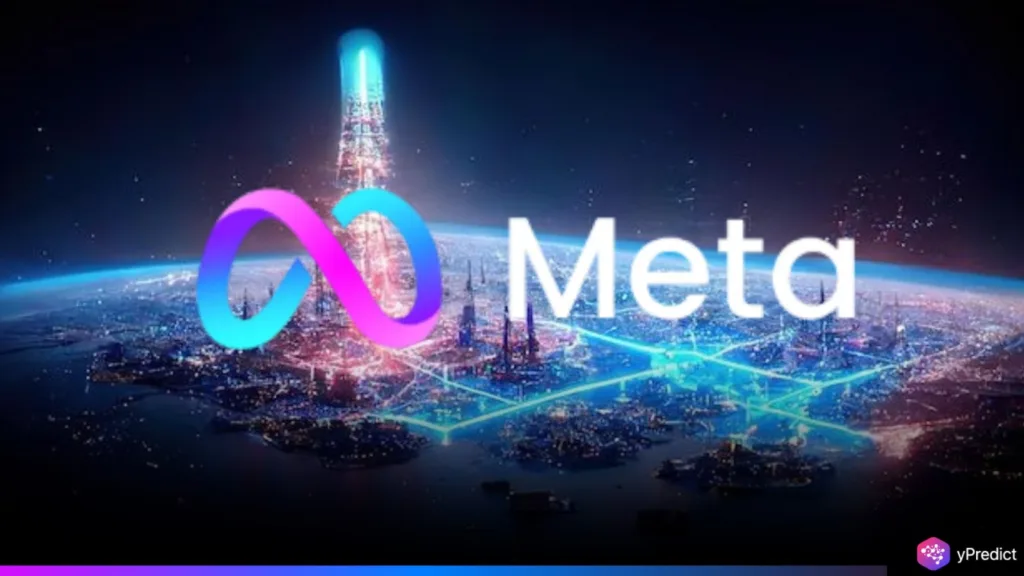
As AI technologies dramatically boost data center energy demand, Meta Platforms Inc. has forged a 20-year deal with Constellation Energy to power its infrastructure with carbon-free nuclear energy from Illinois’ Clinton plant.
This strategic move highlights a broader shift among tech giants toward nuclear power as a reliable, sustainable alternative to fossil fuels and variable renewables. Meta’s investment supports its climate goals while securing the consistent, high-capacity energy supply essential for the next generation of AI innovation.
The AI Boom’s Soaring Energy Appetite
The Guardian reports that Meta Platforms has signed a major 20-year agreement with Constellation Energy to ensure a dedicated supply of nuclear power, aimed at meeting the growing energy demands of its artificial intelligence (AI) operations and data infrastructure. The agreement is Meta’s first direct acquisition of nuclear energy and demonstrates the tech sector’s growing reliance on secure, low-carbon electrical sources.
Meta has committed to sourcing 100% renewable or carbon-free energy across its global operations. However, the AI-driven demand surge, with models like Llama 3 and future iterations requiring immense computing power, has made continuous, reliable energy a priority. While solar and wind energy remain essential, they are intermittent. Nuclear, though historically controversial, provides the baseload power that AI systems require to operate without interruption.
Constellation will increase output at its Clinton Clean Energy Center in Illinois by 30 megawatts under the new agreement. Experts say this added capacity could supply electricity to a city of about 30,000 people for an entire year. The partnership is expected to preserve 1,100 local jobs and generate $13.5 million in tax revenue annually. Operating since 1987, the Clinton power plant currently provides energy to approximately 800,000 households across the region.
This Meta’s nuclear energy deal will begin in June 2027, aligning with the end of Illinois’ zero-emission credit program for Clinton. The subsidy, introduced in 2017, kept the plant running despite financial losses that once threatened its permanent closure. Meta’s deal will replace public funding with private investment, ensuring long-term commercial viability for the Clinton facility’s operations. This shift marks a transition from state support to market-driven sustainability in the plant’s ongoing contribution to clean energy.
Meta’s Nuclear Energy Deal Reflects a Broader Industry Shift
The Meta’s nuclear energy deal reflects a broader industry trend as tech giants compete to secure clean, reliable power for expanding data operations. Constellation CEO Joe Dominguez confirmed similar talks are underway nationwide, with clients following Meta’s example in funding nuclear infrastructure. These discussions include support for plant relicensing and long-term investment, aiming to meet rising energy demands sustainably and consistently.
Meta joins a rising trend among tech giants turning to nuclear energy. Microsoft plans to restart the Three Mile Island plant, while Amazon and Google are investing in small modular reactors. Google is also backing advanced nuclear initiatives with Elementl Power, reflecting the industry’s push for stable, low-emission power to support growing AI and data demands.
In 2023 alone, 25 states enacted laws to advance nuclear energy, and over 200 additional bills have been introduced this year. The Nuclear Energy Institute, a leading industry group, highlights a packed regulatory pipeline as multiple firms vie to launch innovative reactor designs.
Conclusion
AI is driving record energy demand, prompting renewed interest in nuclear power for its reliability and zero-emission energy profile. The shift toward nuclear comes amid rising concerns about the capacity of the U.S. power grid to meet the exponential energy demands of AI and cloud computing, while also aligning with corporate decarbonization goals. While solar and wind continue to attract tech investment, nuclear is increasingly viewed as a crucial piece of the puzzle due to its reliability and zero-emission profile.
However, the U.S. still faces major obstacles, including no commercial next-gen reactors, just two new large plants in five decades, and aging grids. Although the government aims to quadruple nuclear capacity, regulatory delays and outdated infrastructure continue to block rapid progress. Still, merging AI with nuclear energy may prove essential for a low-carbon, high-efficiency technological future.






